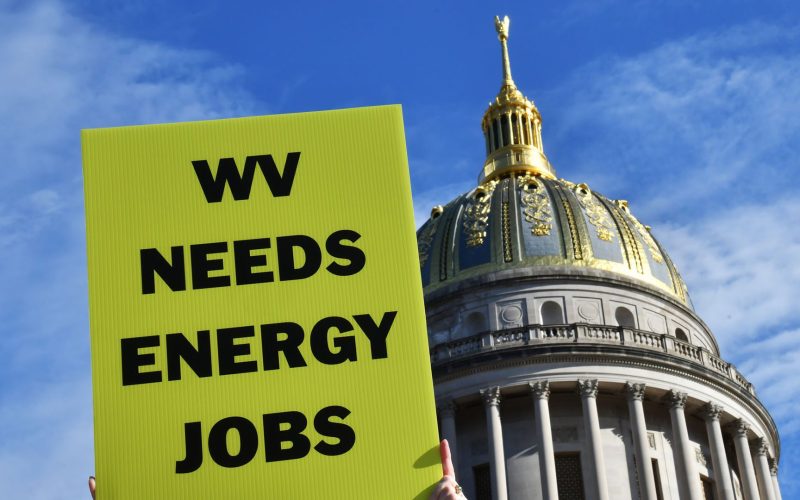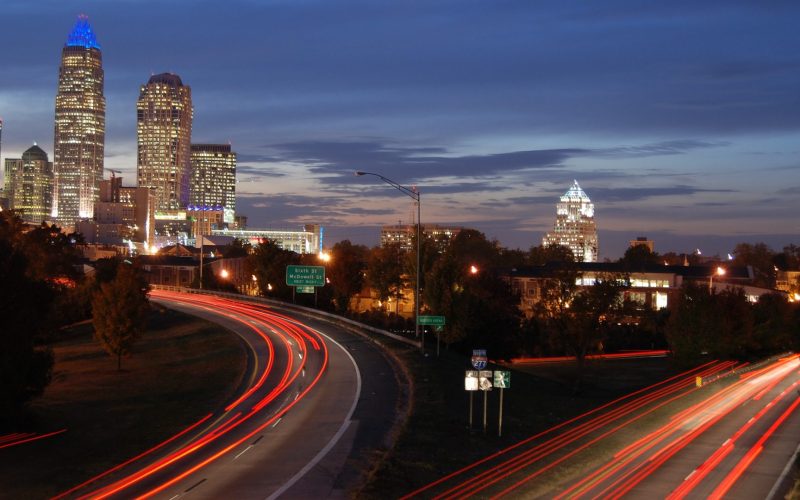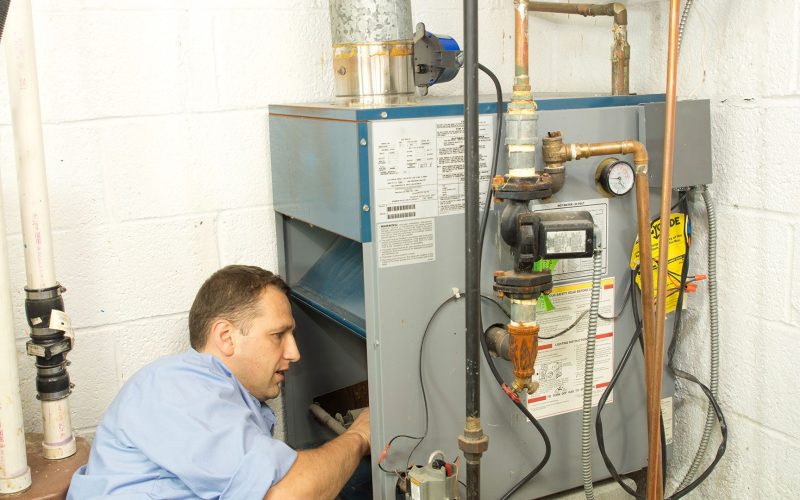THE VOICE FOR THE ENERGY CONSUMER

CEA President David Holt discusses the importance of affordable energy to those living below the poverty line and on fixed incomes and why it is a false choice to say.

Turning up the heat can lead to higher energy bills, but there are ways to save energy and money when temperatures drop. Kevin Doyle, the of the Consumer Energy Alliance,.

This week, the Michigan Senate took action to ensure the continued protection of the Great Lakes by modernizing critical pipeline infrastructure that supplies the energy needs of Michiganders daily. Republican.

CEA’s Midwest Executive Director, Chris Ventura, looks back at the year West Virginia saw some of the fastest economic growth in the country – thanks in part to increased energy.

CEA’s Tim Page examines how pipelines in North Carolina help attract new employers, bring in new jobs, and help fund critical public services. What’s more, local development would reduce operating.

As more homes and businesses are utilizing natural gas, additional infrastructure is necessary to ensure the affordable and reliable deliver of the energy we need everyday. A major operator of.

Construction of the Atlantic Coast Pipeline will not just bring more clean natural gas to support manufacturers and help reduce energy costs for homeowners, but it will also lead to.

Energy News and Stories This Week: Nov. 26th – Dec. 2nd Energy is the bedrock of modern existence. It influences world economies and family budgets alike. Given its societal significance,.

CEA’s Kevin Doyle looks at how Georgia could see up to $200 million in new tax revenues as a result of offshore energy access. But platforms or wind towers, if.

Some people say that bigger is better when it comes to homes, but not always. Sometimes, bigger just means bigger, more expensive, and oftentimes it leads to rising costs of.